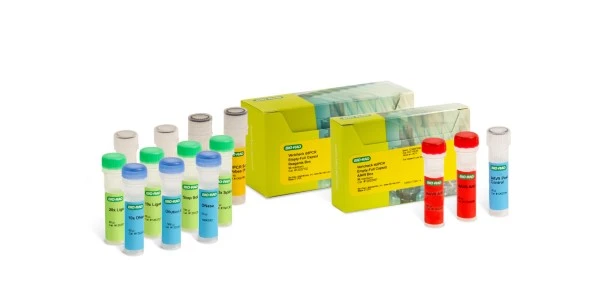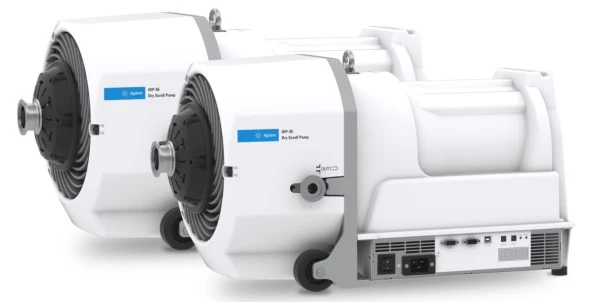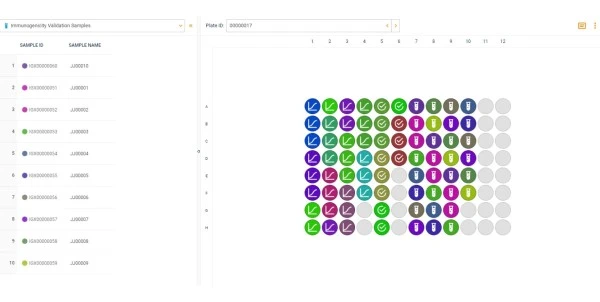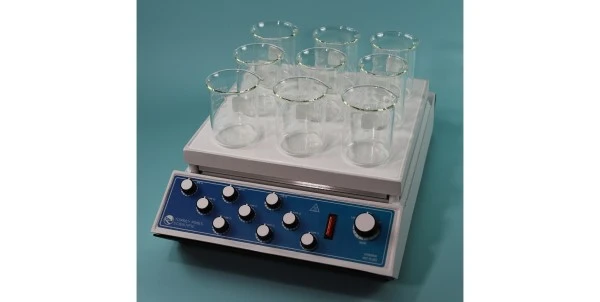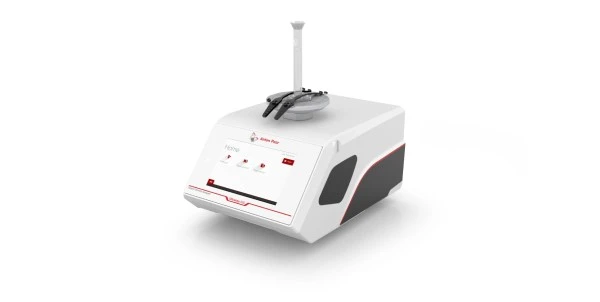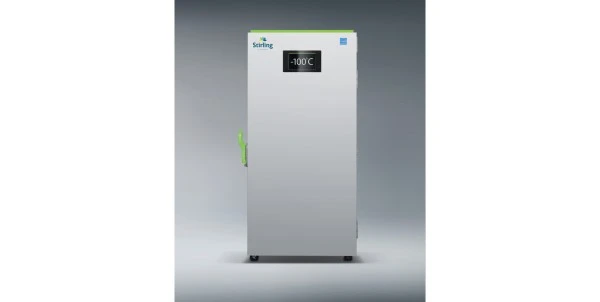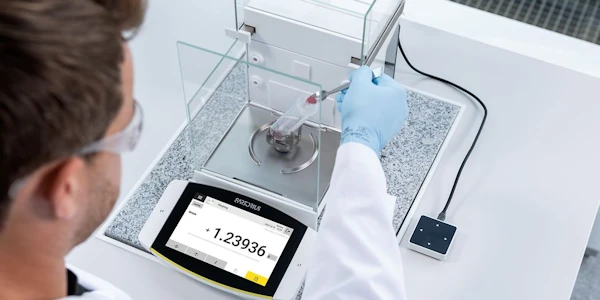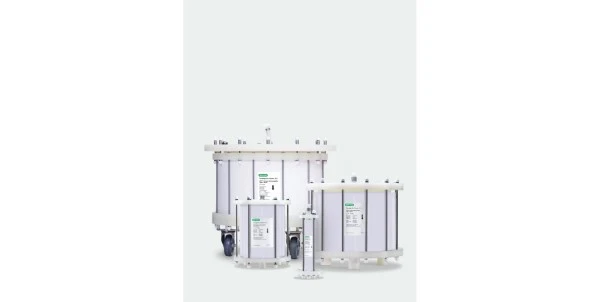Another popular mass analysis platform, and fundamentally distinct from the quadrupole, is Time-of-Flight or TOF. It is one of the simplest mass analyzing approaches and is most commonly used with MALDI ionization.
Time-of-Flight is based on the acceleration of charged ions to a detector when provided with fixed energy. With the same energy but different masses, the ions reach the detector at different times – smaller ions are initially detected followed by those increasing in mass. From this differential time of detection, and along a fixed path length, a mass spectrum can be resolved.
A real advantage of TOF is that, although the resolving power is relatively low, there is practically no upper limit to particle mass – provided the particle can be ionized and the path length is sufficiently long to resolve the species. An answer to the issue of low resolution is the reflectron, although this comes at a cost of diminished sensitivity compared to TOF.
A TOF analyzer with an attached reflectron is almost like a magnetic sector with an electrostatic analyzer. The reflectron boosts the resolution of the TOF analyzer by reducing the kinetic energy distribution of ions that reach the detector. The net result of increased resolution is countered by a decrease in sensitivity by partial loss of ions through the travel path. The reflectron impacts the upper limit or the mass range, although this may not relevant to most applications in biological mass spectrometry.
MALDI-TOF enjoys rather prolific use through the life sciences, as it is amenable to analysis of many biomolecules and the conditions they bring with them. For instance, the technique can be used to identify, characterize, and map peptide fragments that form membrane ion channels and transporters. The preparation of these complexes for biochemical analysis involve membrane extraction with salts and detergents and reconstitution into lipid vesicles.
MALDI-TOF is also useful in the analysis of proteins ionized directly from their native background, whether it be cell lysate, column eluent, or blood spot. The latter is especially useful in diagnostic development and forensics. There are many other applications as well that make use of the salt and detergent resilience of the technique, as well as the lack of requirement for pure sample.


